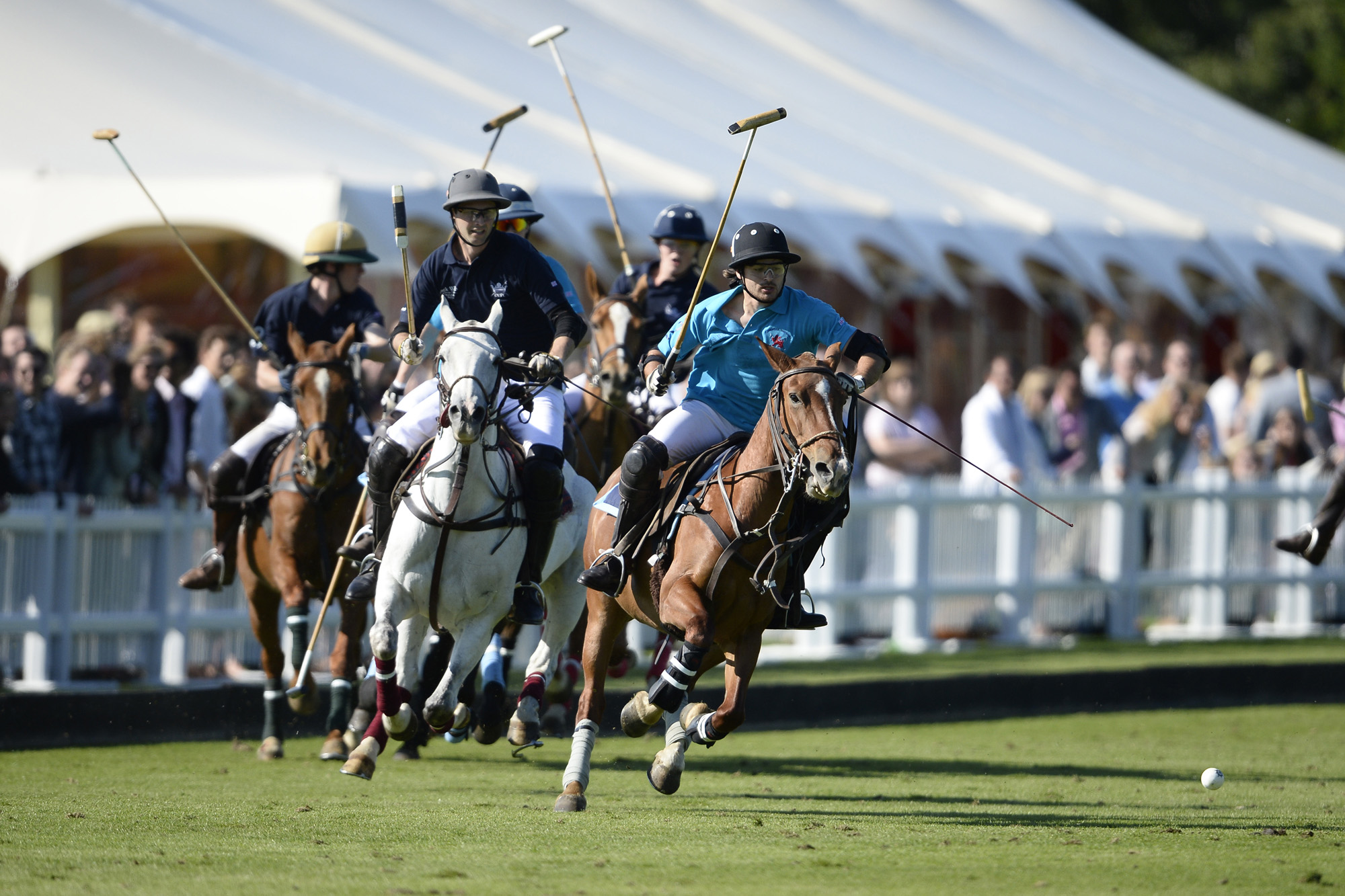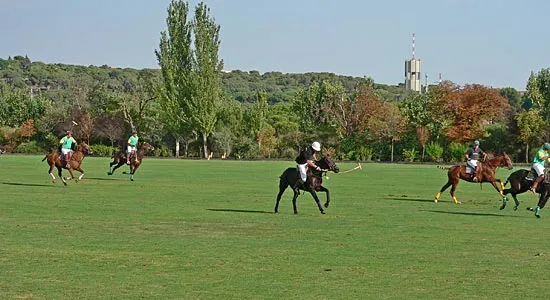Polo, often referred to as the “sport of kings,” is a game rich in history and cultural significance. This dynamic and competitive sport involves players on horseback using long-handled mallets to hit a small ball into the opposing team’s goal. While polo is now a global sport, its origins are deeply rooted in ancient traditions. This article explores the origins of polo, its introduction to the West, and how it became a prestigious game played by elites across the globe.
What Is Polo?
Polo is a fast-paced team sport played on horseback, combining skill, strategy, and teamwork. The game is played on a large grass field with two teams of four players each. The primary objective is to score goals by hitting a ball into the opponent’s goal using a mallet.
Key Features of Polo
-
Players: Four players per team.
-
Field Size: 300 yards long and 160 yards wide.
-
Equipment: Mallets, a small ball, and protective gear for both horse and rider.
-
Duration: Typically played in 6 or 8 periods called chukkas, each lasting 7 minutes.

Polo is more than just a sport; it is a cultural legacy that has transcended time and borders. From its origins in Persia to its introduction to the West by British officers, polo has evolved into a global phenomenon. Its association with royalty and elite players has earned it the title of the “sport of kings.” Today, polo continues to thrive, blending tradition with modernity and uniting players and enthusiasts worldwide.
The Origins of Polo
The origins of polo date back over 2,500 years, making it one of the oldest team sports in the world. Historians believe the game originated in Persia (modern-day Iran), where it was initially played as a training exercise for cavalry units. Over time, it became a popular recreational activity among the nobility.
Key Historical Milestones
-
Persian Empire: Polo began as a military training game for soldiers.
-
China and India: The sport spread to East Asia and the Indian subcontinent, where it was embraced by royalty.
-
Manipur, India: Polo became formalized in this region, influencing its modern rules and gameplay.
Who Introduced Polo Games to the West?
Polo was introduced to the Western world by British military officers and tea planters who encountered the game in Manipur, India, during the 19th century. The British were fascinated by the sport and brought it back to England, where it gained immense popularity.
How Polo Spread Globally
-
England: Polo was introduced to England in the mid-19th century, becoming a favorite pastime among the military and aristocracy.
-
United States: In 1876, James Gordon Bennett, the publisher of the New York Herald, brought polo to New York.
-
Other Countries: Polo spread to countries like Argentina, Australia, Ireland, and Malta, establishing itself as a global sport.
Significant Figures in Polo’s History
Mughal Influence
During the Mughal Empire in India, Emperor Akbar introduced official rules for polo, formalizing the sport as a competitive game.
Sultans and Kings
-
Saladin and Baybars, sultans of Egypt and the Levant were avid polo players.
-
Polo was a symbol of power and skill among rulers, often played during royal ceremonies.
Famous Modern Players
-
Walt Disney: The legendary animator was an enthusiastic polo player in the 1930s.
-
Will Rogers: The actor and humorist also played polo, helping popularize the sport in the United States.
Polo’s Olympic Journey
Polo made its debut as an Olympic sport in the early 20th century. It was included in the Olympic Games in 1900, 1908, 1920, 1924, and 1936. Although it is no longer part of the Olympics, polo remains a prestigious sport played in international tournaments.
Reasons for Its Removal
-
High costs of organizing polo matches.
-
Limited global participation compared to other sports.
Why Is Polo Called the “Sport of Kings”?
Polo is often referred to as the “sport of kings” due to its association with royalty and the elite. Historically, the game was played by emperors, sultans, and aristocrats, symbolizing power, wealth, and prestige.
Cultural Significance
-
Polo was not just a game but a display of horsemanship and strategy.
-
It was a way for rulers to demonstrate their leadership and military prowess.
Modern Polo: A Global Phenomenon
Today, polo is played in over 80 countries, with major tournaments held in regions like Argentina, the United States, and the United Kingdom. Argentina, in particular, is renowned for its exceptional players and world-class tournaments, such as the Argentine Open Polo Championship.
Top Polo Nations
-
Argentina: Home to the world’s best players and tournaments.
-
United States: Known for high-goal matches and professional leagues.
-
United Kingdom: Polo remains a favorite among British elites.
Interesting Facts About Polo
-
Oldest Polo Ground: The Imphal Polo Ground in Manipur, India, is considered the oldest polo ground in the world.
-
Fastest Team Sport: Polo is one of the fastest team sports, with horses reaching speeds of up to 40 miles per hour.
-
High-Goal Matches: These matches feature professional players with high handicaps, showcasing the best of the sport.
The Role of Polo in Pakistan
Polo holds a special place in Pakistan’s cultural and sporting heritage. The northern region of Gilgit-Baltistan is famous for hosting traditional polo matches, particularly at the Shandur Pass, known as the “Roof of the World.”
Shandur Polo Festival
-
Held annually at the Shandur Pass, the highest polo ground in the world.
-
Features traditional polo matches between teams from Gilgit and Chitral.
-
Attracts tourists and polo enthusiasts from around the globe.

FAQs
1. Who introduced polo games to the West?
British military officers and tea planters introduced polo to the West after discovering it in Manipur, India.
2. Where did polo originate?
Polo originated in Persia (modern-day Iran) over 2,500 years ago.
3. Why is polo called the “sport of kings”?
Polo earned this nickname because it was historically played by royalty and the elite, symbolizing power and prestige.
4. When was polo included in the Olympics?
Polo was an Olympic sport in 1900, 1908, 1920, 1924, and 1936.
5. Which country dominates modern polo?
Argentina is the global leader in modern polo, producing top players and hosting prestigious tournaments.





.gif)








.gif)







Sign in
to continue to ilmkidunya.com